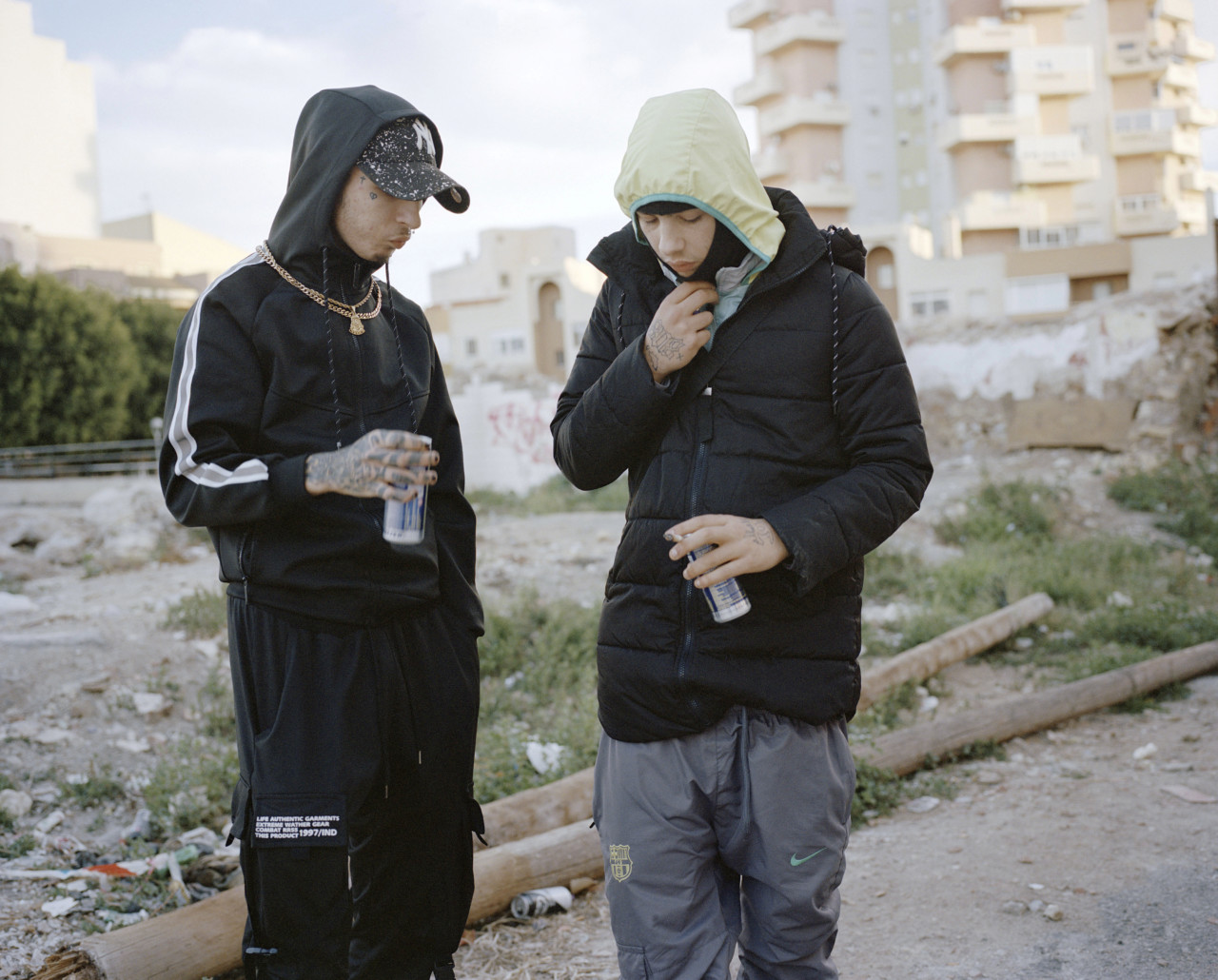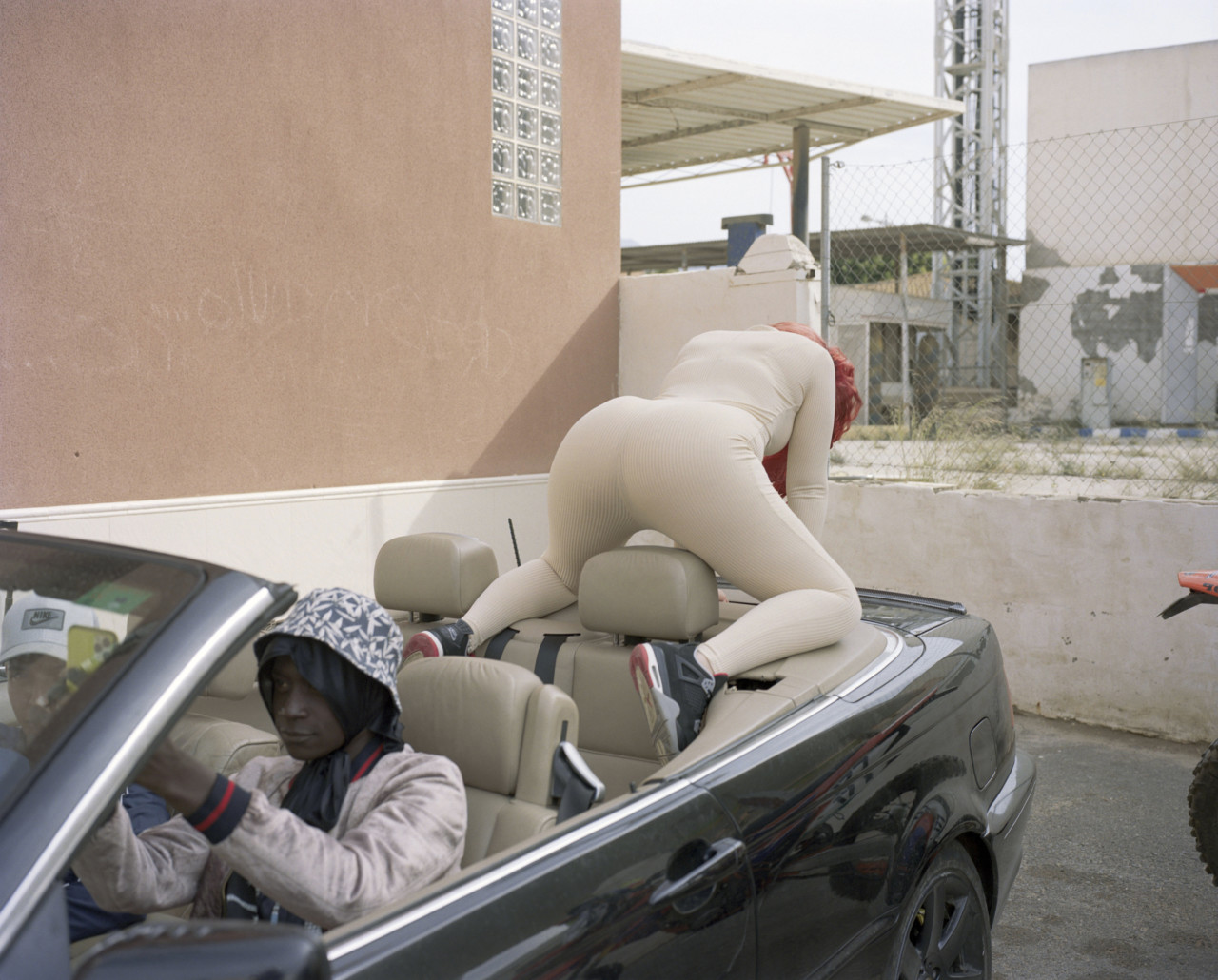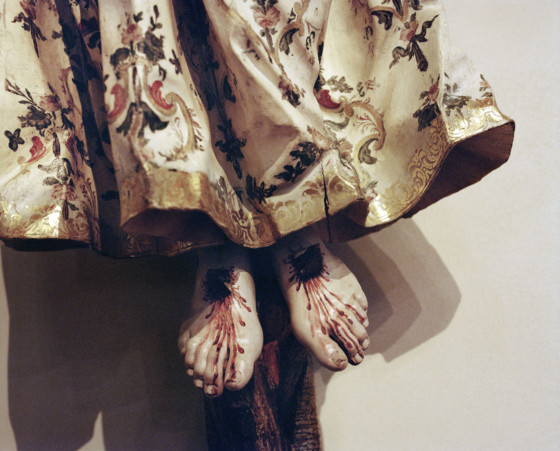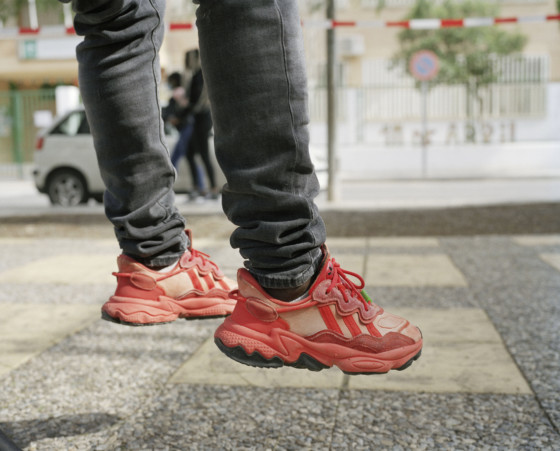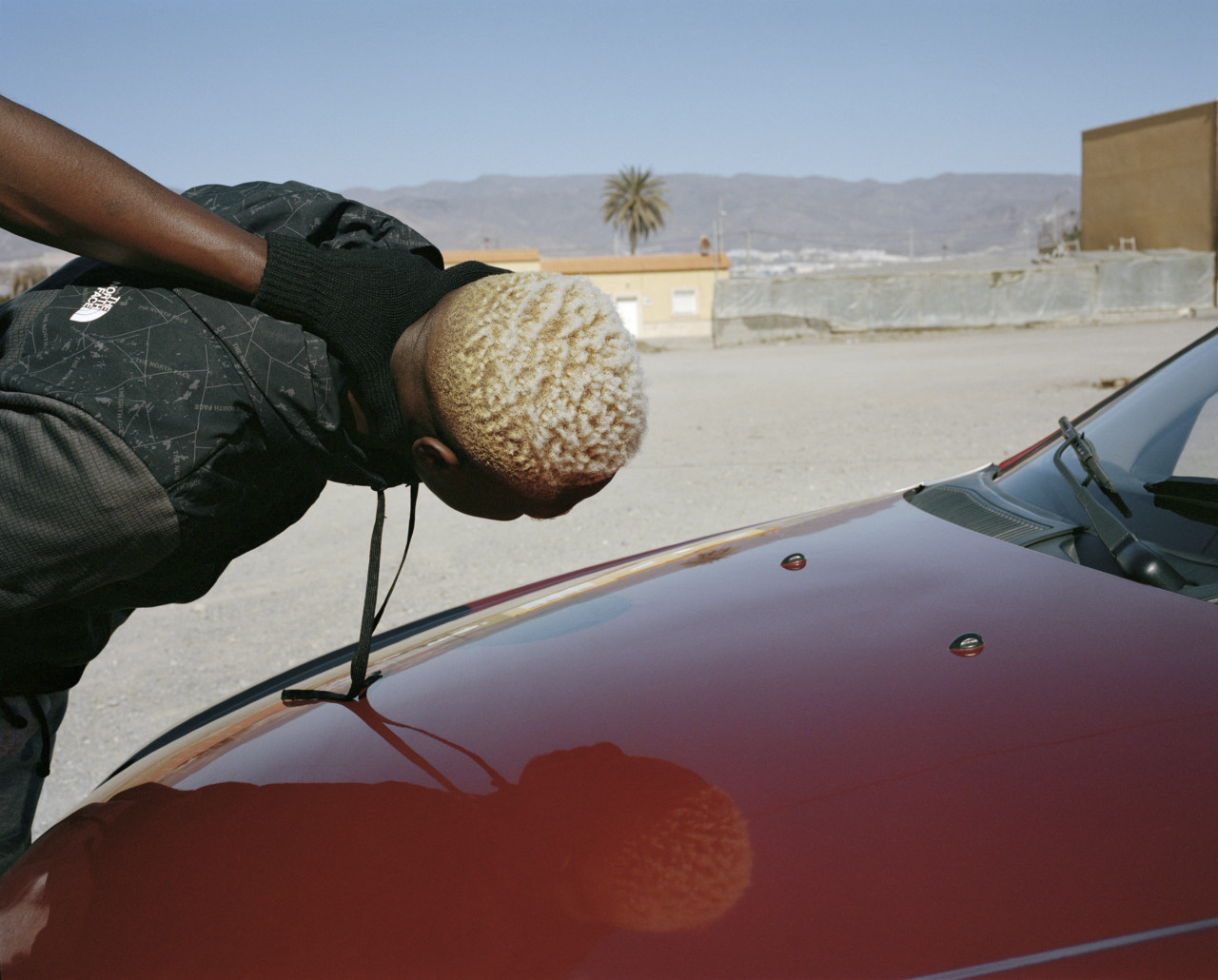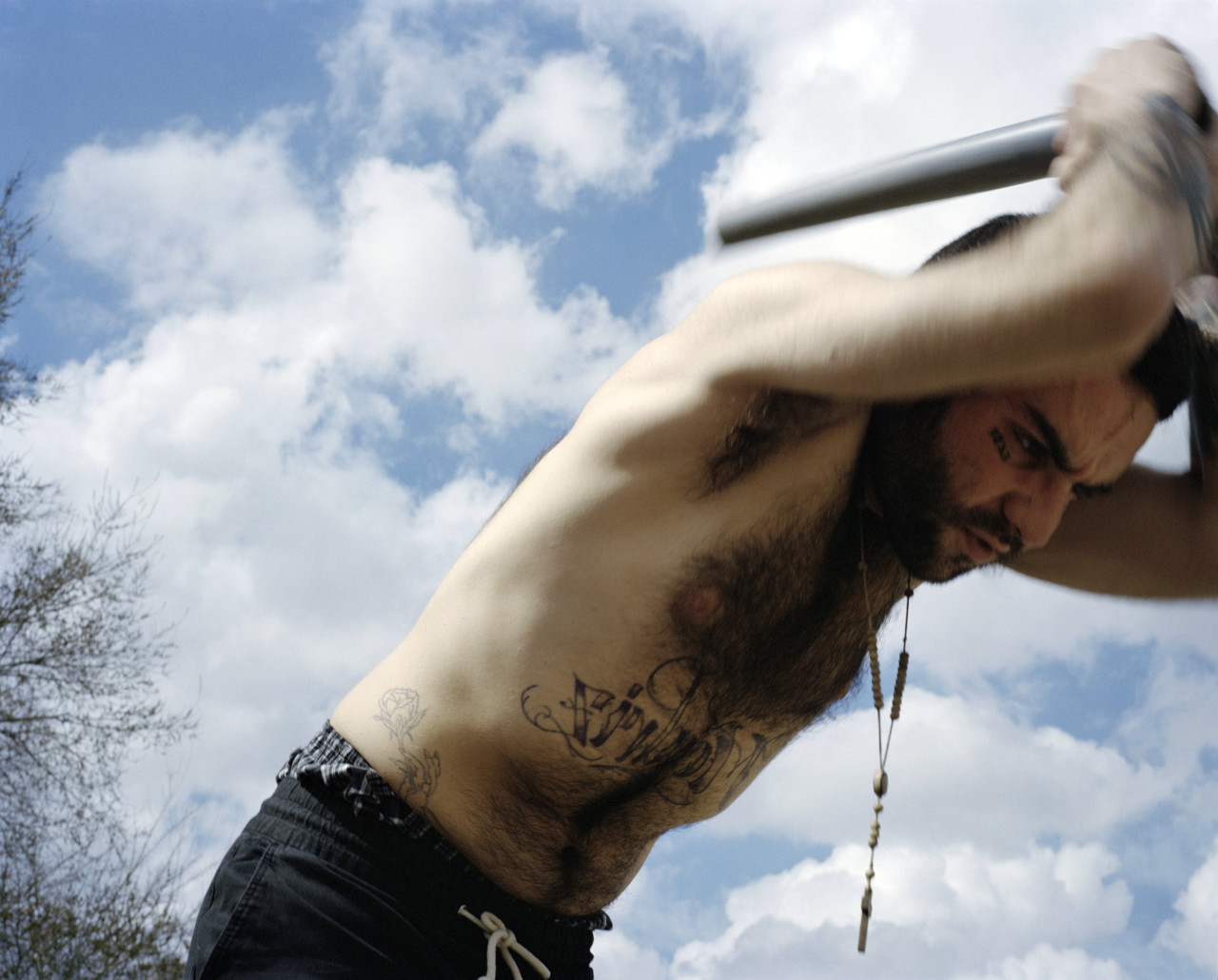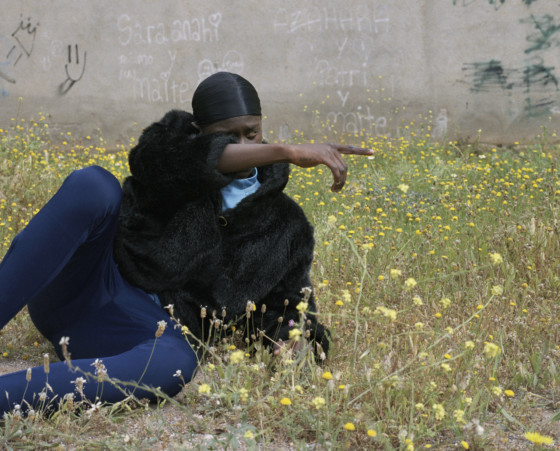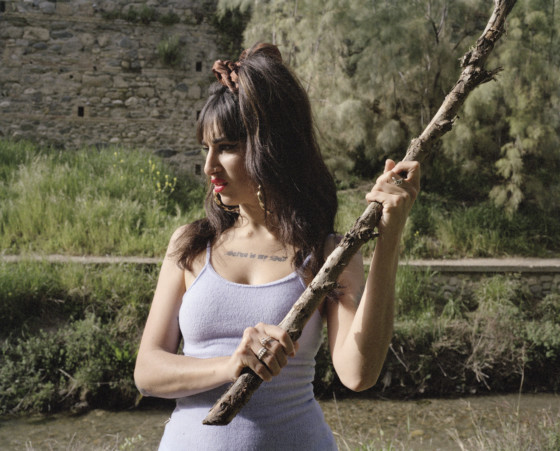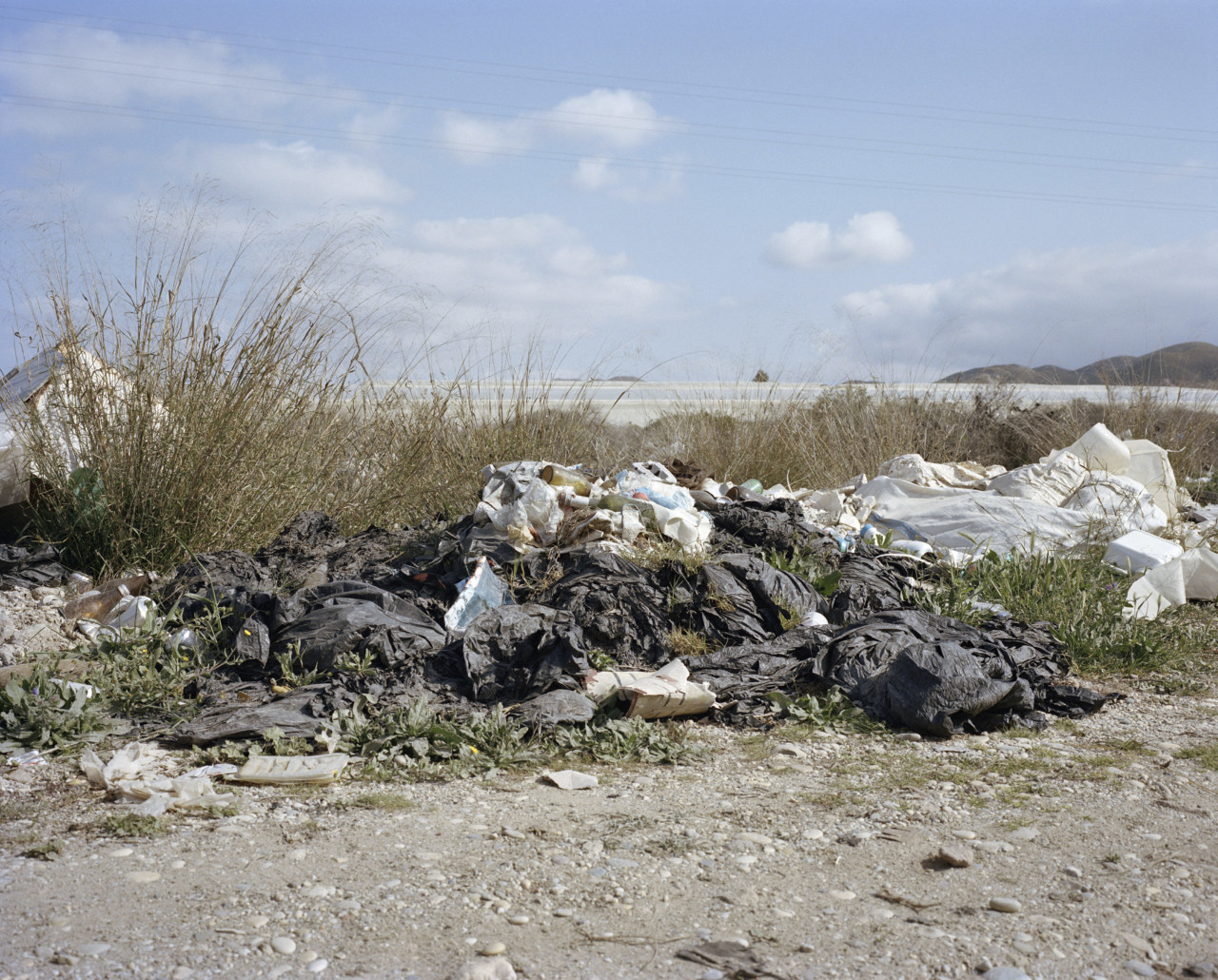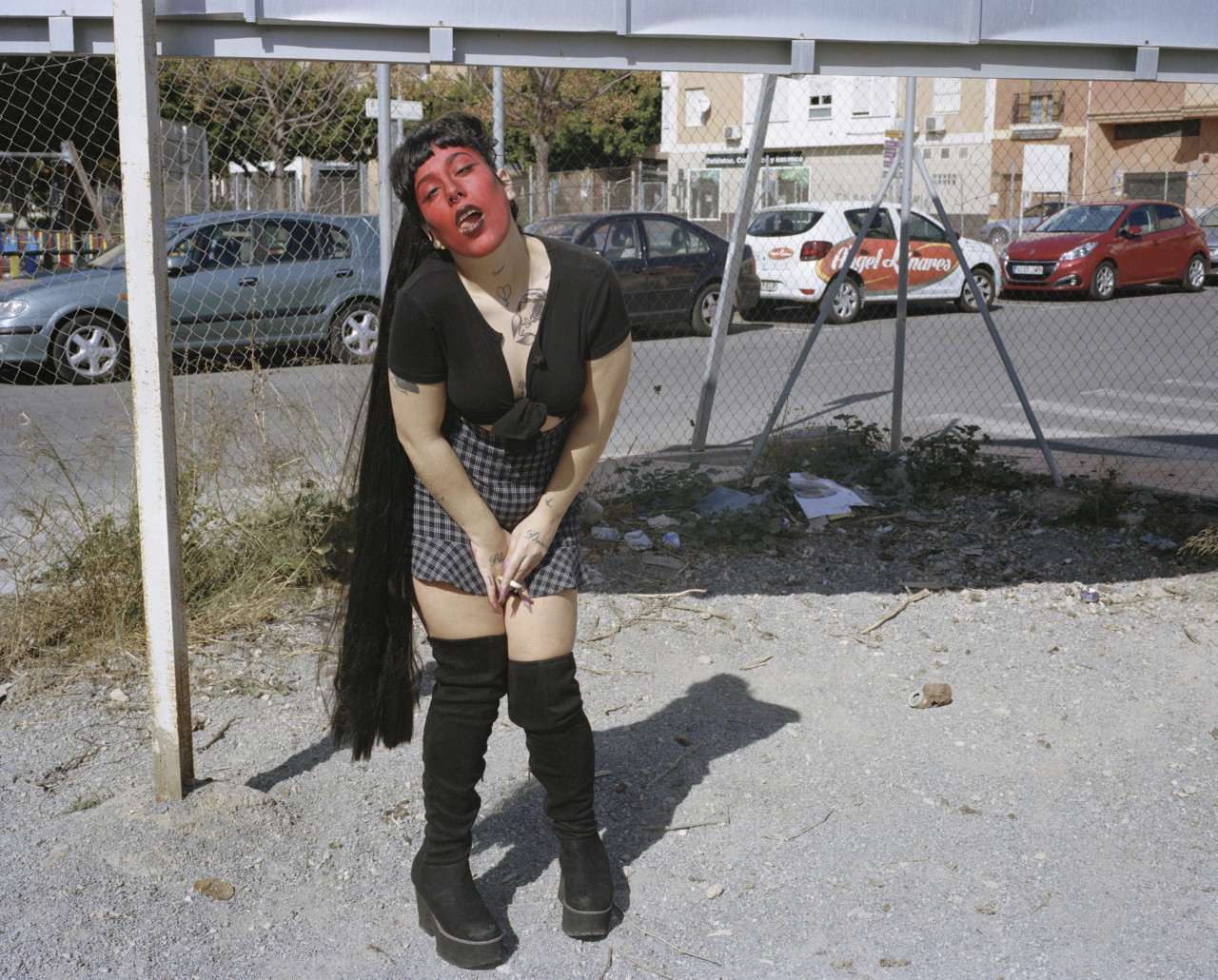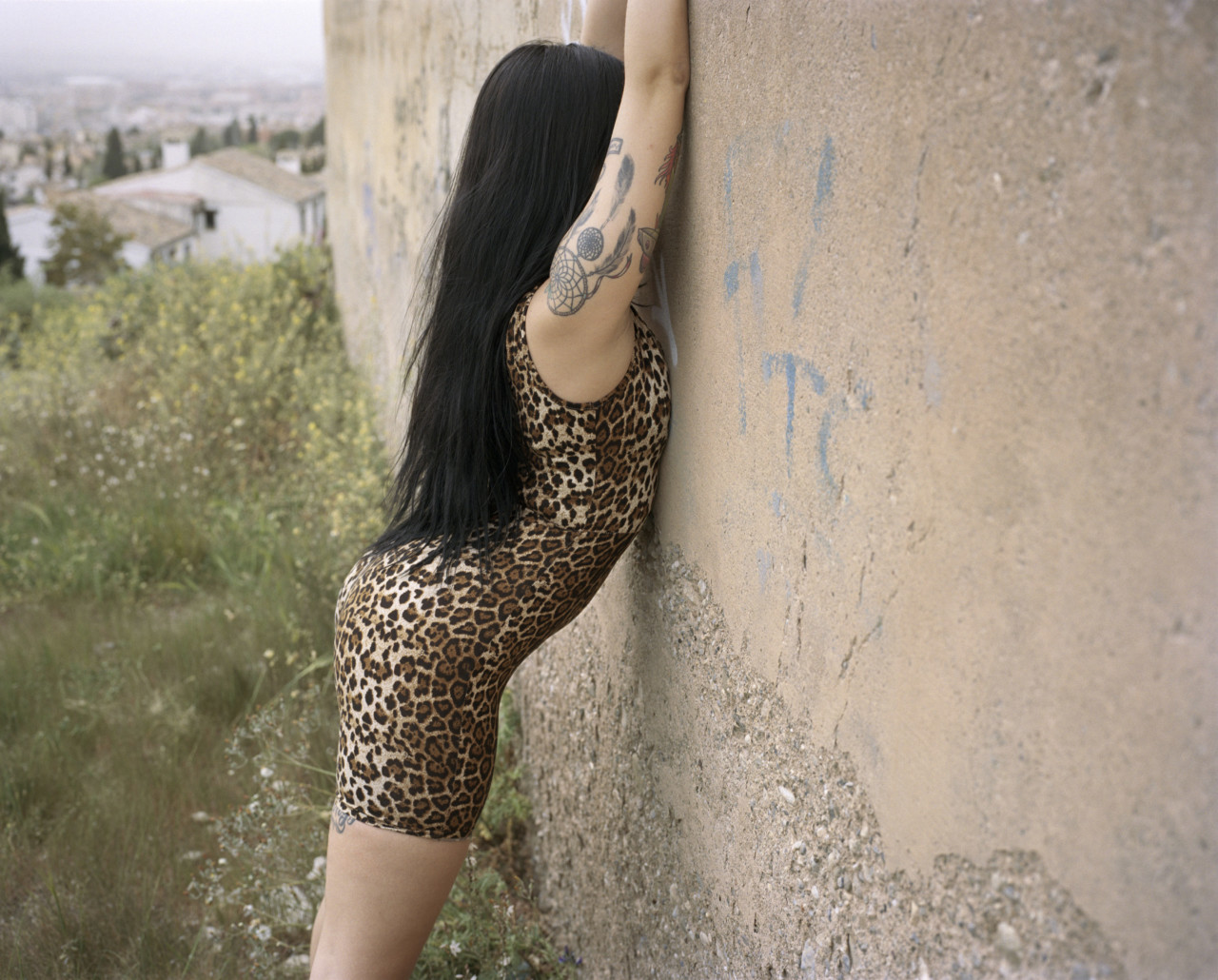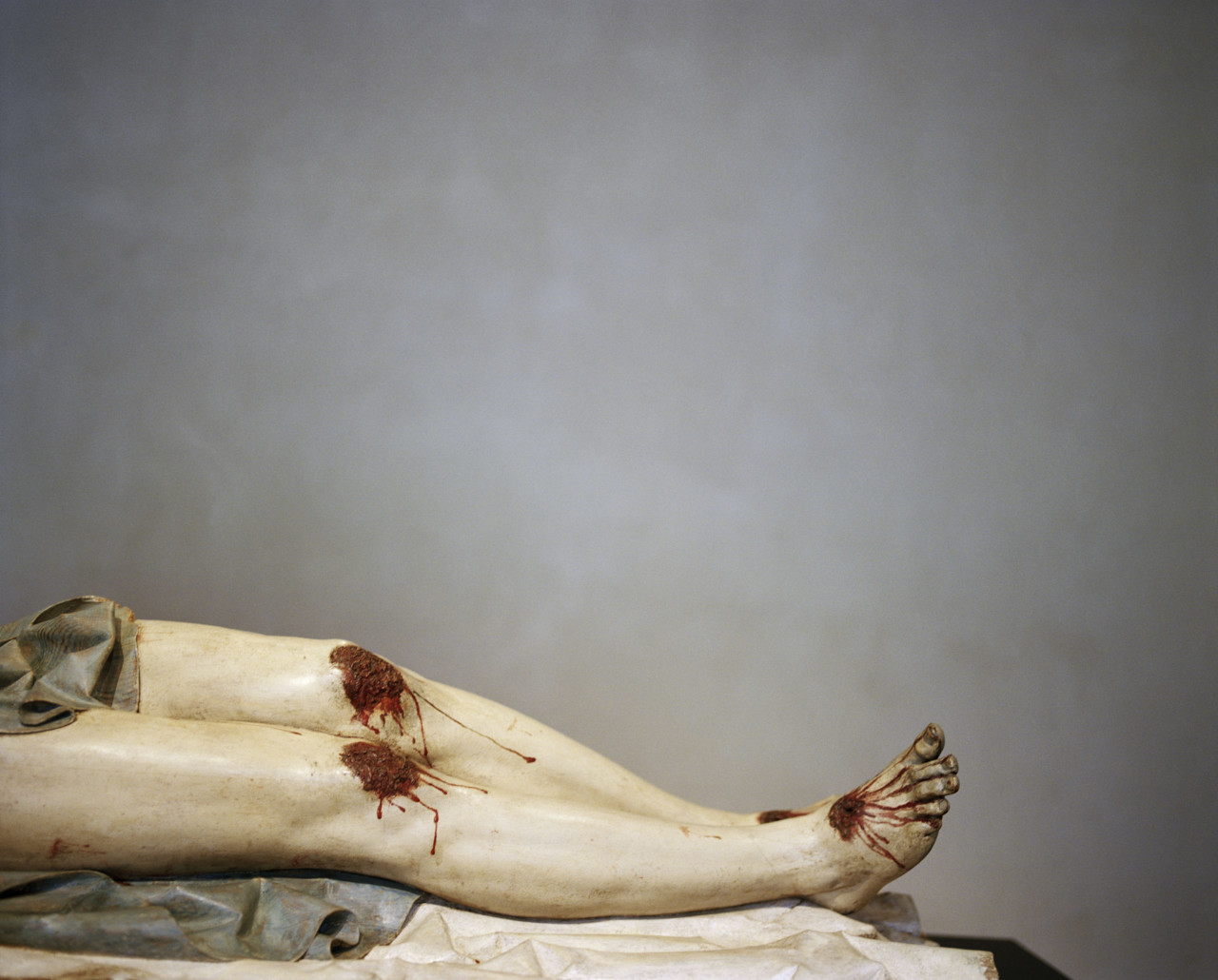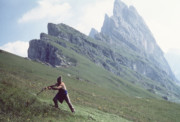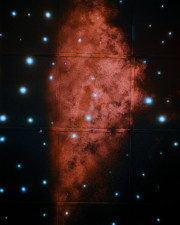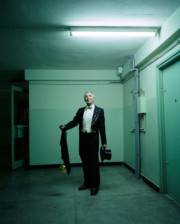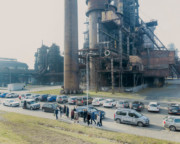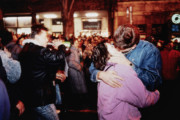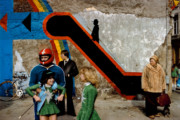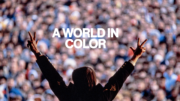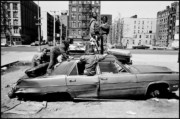Agony in the Garden
Danielle Ezzo talks to the photographer about the inspiration behind her latest project, collaborating with individuals in the emerging trap and drill music scenes in Spain
Lúa Ribeira’s latest series, Agony in the Garden, was shot in her native Spain in the first months of 2022. Inspired by her interest in trap and drill music, she worked with individuals within the scene to create a series of typically lyrical and enigmatic images that point towards more universal themes.
The project was made in collaboration between Magnum Photos and Obscura, a platform that helps photographers pursue their projects through the sales of NFTs. The project’s creation was aided by an Obscure Magnum Commission, and a collection of 55 images were then minted as NFTs on the blockchain.
Below, Obscura Journal contributor Danielle Ezzo talks to Ribeira about the genesis of her project and the collaboration with her subjects.
"I am always trying to create images that relate to a bigger picture, something more universal."
-
Danielle Ezzo: Can you explain the origins of the project?
Lúa Ribeira: The work is inspired by the emerging trap and drill music scenes in Spain. These are genres that evolved from American hip-hop in the 1990s and 2010s, respectively, and whose sound and lyrics are often controversial due to the associations with crime or gang violence, especially in drill.
I have been listening to the music and following the scene and how it’s spreading for many years. At some point, I started to think about how I could make work about it. Firstly, I was intending to work in the original places where it emerged – places such as Chicago or Atlanta. Then, slowly, I became more interested in the global influence that this sound and aesthetic was having in very different, far-away territories and contexts, [and] to explore the reasons behind this identification.
DE: Where does the title come from?
LR: ‘Agony in the Garden’ is a Bible passage that describes a period of anguish and prayer, just before Jesus is arrested and crucified. It has been many times represented throughout art history, mostly in painting. I felt it was accurate in relation to the energy I am trying to evoke with the series, which has this premonitory atmosphere. I am always trying to somehow go beyond the individual, to create a more mythological feel where the images relate to a bigger picture, something more universal. I thought that this title embraced the series as a whole in that sense.
"The natural environment is an arid desert, which has a biblical appearance in the images."
-
DE: Who are your subjects and what made you want to photograph this group in particular?
LR: I wouldn’t necessarily refer to the people I worked with as a group. There is a great variety of people with different experiences and backgrounds.
The common link is the participation within the scene and the identification with the music. Some of the people I photographed are more recognized artists within Spain, while others are beginning to make music or produce beats, and others are simply part of the surrounding community. But the gestures and aesthetics permeate beyond the scene; becoming something generational and progressively mainstream.
DE: Can you expand on the performative and collaborative nature of this project. How did you negotiate working with your subjects?
LR: Some of the images take place collaboratively, but others are observational. The way in which I make the work is very organic and develops through sharing time. Some people I met only once may appear in the work, and others who I spend a long time with and become close to, may not. The collaboration depends very much on the type of connection that is generated with different people. For instance, during this project, I spent a lot of time in recording studios or at gigs that don’t appear in the images, but they were very important for the outcome of the work.
In a project like this, I always explain to people what I am working on. I also give out copies of the photographs which they may use as the art in their promotion or channels.
DE: You talk about intentionally choosing landscapes and gestures that capture a kind of atmosphere in this series. What makes the locations you choose special?
LR: I always include images of landscapes to create an environment in between portraits, something that allows for a type of silence but at the same time connects to the whole series. In this case, the plastic and residue images of illegal landfills were something that I had in mind – not as specific sites to document, but more as a way for me to express lyrically something about the condition of the world we inhabit, and also about the universe I am trying to evoke through the project.
I knew of a very interesting landscape in the south of Spain, in the area of Almeria. Here there are massive greenhouses used for agricultural production of vegetables supplying the European market, colloquially known as the ‘sea of plastic’. The natural environment is an arid desert, which has a biblical appearance in the images, and then all the plastics and waste residues bring it back to the present.
DE: Can you tell us more about the woman with the red face?
LR: That is Alba. We met about a year ago in Almeria. She is known as BITXSX and is a trap musician and dancer. We share an openness in the process of making images and enjoy working together. In this picture she is doing ahegao face, something that comes from hentai [a form of pornographic anime], that also relates to this scene, as well as video games and cartoons…
DE: Does symbolism play a role in getting the viewer to think in this way?
LR: My intention is to create a coherent universe that relates to a theme I believe is important to address, as well as being current and of the moment. In this case, a lot of what takes place is in a digital arena, so for me to work with it, I had to be aware and think hard about how to create visual coherence. I really like the idea of trying to translate the sound and energy [of trap and drill] into images, more than to document it as such.
"The ambiguity is very intentional in my work, and can be read metaphorically."
-
DE: There are so many images that feel open-ended, made a second before or after an incident. They ask more questions than give answers. Can you share some of the stories associated with the making of these photographs?
LR: The ambiguity is very intentional in my work, and can be read metaphorically. I feel that telling the stories behind how images take place can ruin that intention, and sometimes the anecdote won’t relate to the potential of the image.
In photography, especially when photographing people, there is sometimes a testimonial quality or circumstantial information about that person or place. I tend to remove some of that contextual information, and focus more on gestures and basic actions or postures – with the aim that some of those particularities don’t function as a separation between the person looking at the work and the person that is in the photograph. And, in fact, the representation of the gestures or expressions function more as a kind of mirror of our human condition.
DE: What does a successful image look like for you?
LR: Maybe an image that doesn’t finish with itself, that allows you to go somewhere beyond it. But also, I think it is about a group of images that have some kind of coherence and are allowing you to see the same world, but differently.



